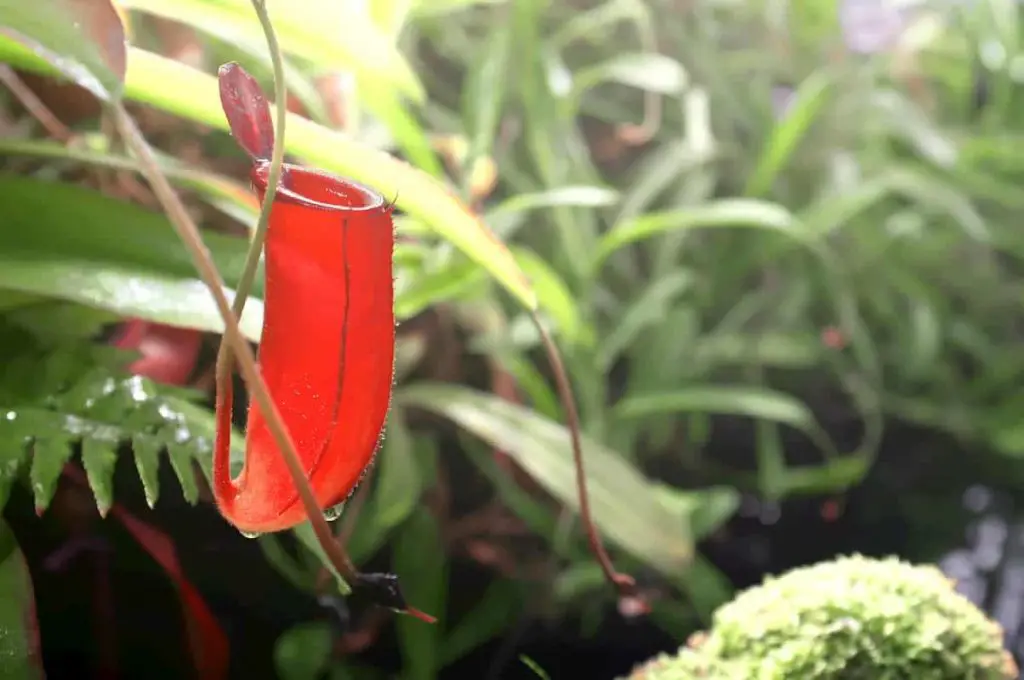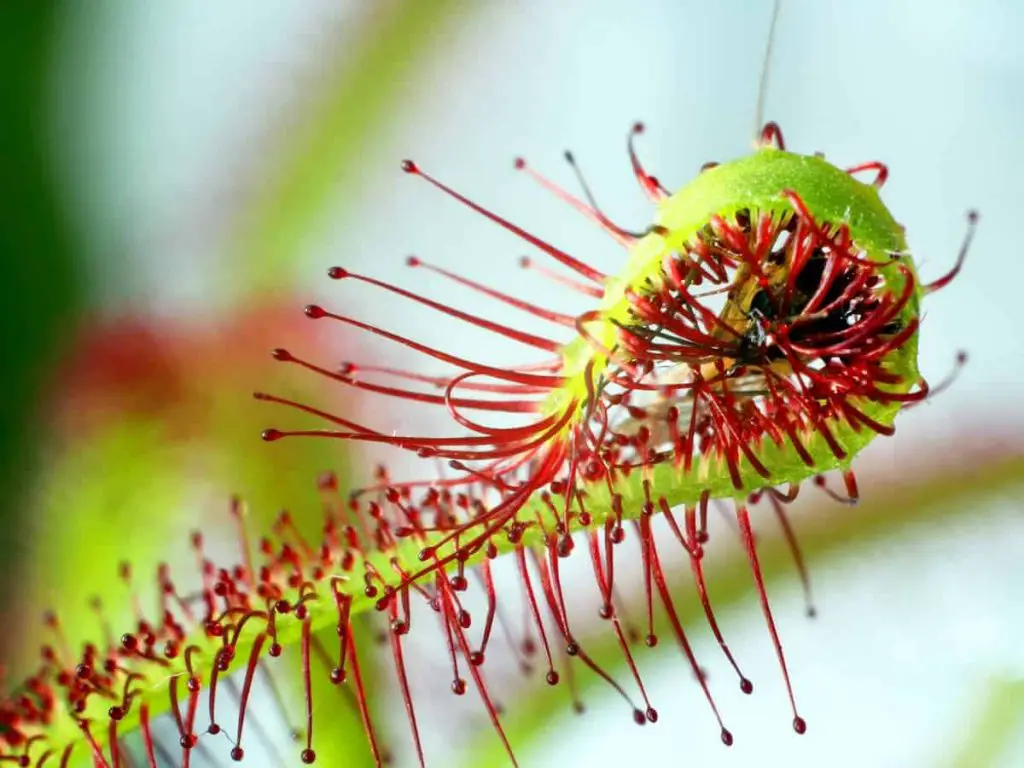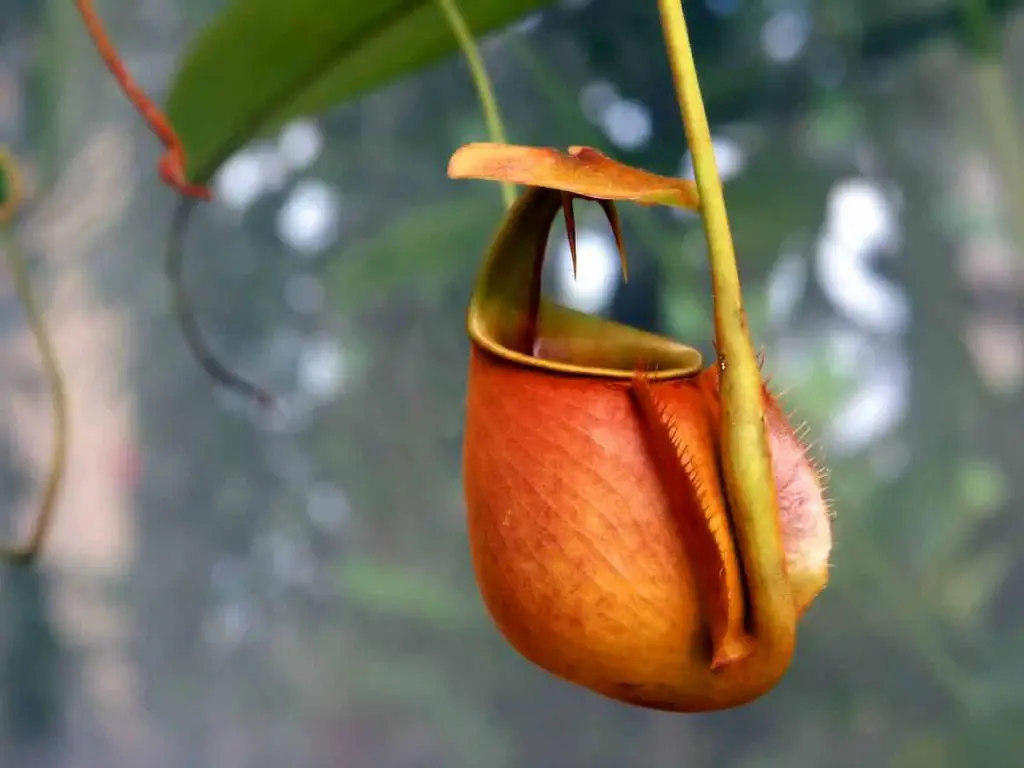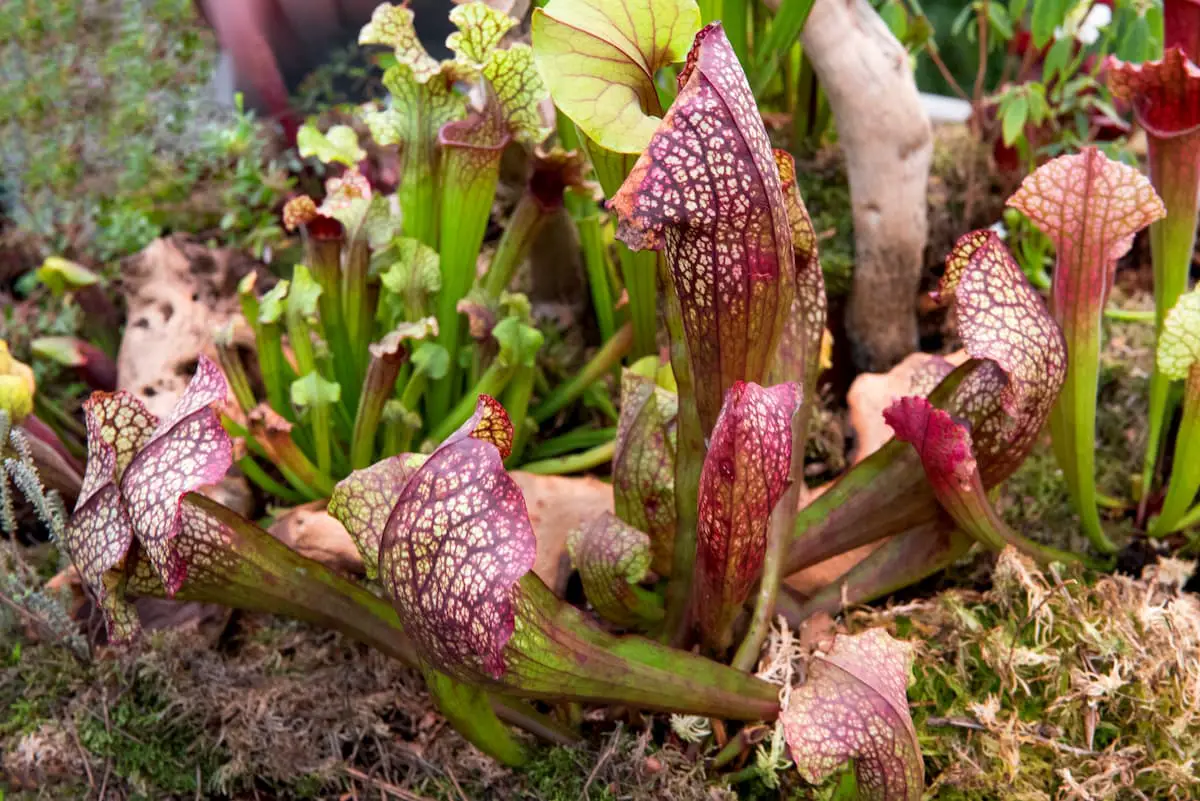In the world of carnivorous plants there are a great variety of plant look along with trap styles. The first question many people will find themselves asking is which type of trap is best for them to take care of and what plant they should choose to take care of.
Today I plan to cover the three main types of carnivorous plant trap styles and the most common plants within those trap types to give you a high level overview.
The Three Trap Styles Used By Carnivorous Plants
- Active Traps – This trap style includes the Venus Flytrap, Dionaea muscipula, is probably the favorite of all Carnivorous Plants
- Semi-Active Traps – This trap style includes the sundews (Drosera) and butterworts (Pinguicula)
- Passive Traps – This trap style includes pitcher plants like the Cobra Lily, Nepenthes and more
Now that we know the types of traps and some of the most common carnivorous plants. We should dive into each style of trap and explain what the benefits and drawbacks to a specific trap are to the plants themselves.
What Are Active Traps?
An “active” trap means that the plant moves the trap portion in a closing motion to control the prey and keep them for digestion. A good example is how the Venus Flytrap closes up on prey. These are the traps that most people think of when they hear about carnivorous plants.
The initial step of an active trap closure is typically quite fast. The trap appears to slam shut similar to an animal trap which then locks their prey in a prison like environment.
Then the much slower secondary step of closure begins by sealing the open edges while the trap presses tightly together. Over time the trap becomes a flattened, stomach-like pouch.
The struggling motion of the prey and the release of amino acids increase digestive activity. Total digestion takes about 3 to 5 days depending upon the size and nutrient content of the prey.
What Are Venus Flytraps?
Venus Flytraps grow in the wild in a very small area around the Cape Fear River Basin, near Wilmington, NC. They grow in moist, sandy, acidic savannah with the grasses, sedges and native orchids.
The Venus Flytrap itself is built with two clamshell-like halves, which are lined with many guard hairs and very minute nectar glands to pull in prey. In the resting position the trap is held open at 45°-60°.
The Venus Flytraps can and does frequently have to tolerate short periods of droughts and flooding. They are one of the more hardy plants, many times being the first to grow back after a fire.
Many times a rapid surface fire in autumn can benefit Venus Flytraps as this burnout removes the competing shrubs and trees. A Venus Flytrap is rather hardy, it is able to be grown outdoors at more northern latitudes as long as it is given some more protective winter cover through mulching.

What Are Semi-Active Traps?
A semi-active carnivorous plant will typically have a number of sticky glands all over the surface. This sticky gland acts similar to flypaper to stick to the visiting animal and not allow it to leave once connected.
After they trap their prey, semi-active plants like the Butterwort will curl their leaf margins over their dinner to start their digestion process.
What Are Sundews?
Sundews are amazingly interesting carnivorous plants featuring green and red leaves that are covered with glistening droplets that sparkle in the sunlight. The Sundew has leaf shapes which range from circular to linear and many combinations in-between.
Their leaves are flat and have numerous tentacles or stalked glands on their upper surfaces. There are two types of stalked glands; those on the leaf margins which are longer to help entrap the prey and others near the center of the leaf which are shorter and also help trap prey and secrete digestive fluids.

The neighboring tentacles then move towards the prey to help hold them in place. Movement of these tentacles results when the far side of the stalk grow faster, thus bending the stalk towards the prey.
There are around 100 species of sundews found in nature. They are usually quite abundant in appropriate habitats and in places the ground is covered entirely with these amazingly beautiful, red, glistening plants.
What Are Butterworts?
The butterworts form a rosette with stalkless leaves. The thin sparkly leaves are elongated, very narrow and generally flat with curled leaf edges. Their inner surface being covered with tiny glands which feels greasy to the touch.
Their genus name Pinguicula comes from the Latin word pinguis, which means fat. The plant is typically a pale yellow-green. The butterworts are generally inconspicuous except during flowering, where they resemble other plants growing in the same area.
Butterworts capture their prey using a similar method to flypaper. The small insects become caught in the mucilage covered leaves. Then the margins slowly curl in over the insects in around a few hours, then the digestion begins to take place.
What Are Passive Traps?
In our third type of trap we have the passive trap carnivorous plants. The most famous type are the Pitcher Plants (family Nepenthaceae and Sarraceniaceae). Pitcher Plants have brightly colored, decorative top leaves that form a pit for unsuspecting prey who slip and fall into.
They sucker the prey in with a sweet, but intoxicating nectar which the prey can’t help but try to get a taste. Due to their special mucus lining along the top of their pitcher, the insects or other prey fall down into the trap of the plant.
Once they’ve fallen into the pitcher plant they will be unable to escape. The leaves of the pitcher plants have hairs on them which face down, this along with their mucus and rain water, makes the digestion of prey inevitable.
What Is A Pitcher Plant?
A pitcher plant is a carnivorous plant which features a cup like shape which contains a digestive liquid which over time breaks down anything that is caught. This allows them to grow in otherwise unfavorable areas where other plants can’t or won’t grow.
Pitcher plants have been known to catch bigger animals than their other carnivorous cousins, there have been pitchers which have caught lizards, frogs, and other larger size animals who couldn’t escape!

What Are Cobra Lilys?
While still a “pitcher” plant the moniker of “Cobra Lily” comes from its resemblance to a rearing cobra as it has tubular leaves which fork. It also has a very unique color scheme which ranges from yellow to a purplish-green which are similar to a serpents tongue or fangs.
This unique plant is common to Oregon and Northern California and thrives in very basic soil due to its ability to harness nitrogen from the insects and animals who get trapped within the pitcher.
Final Thoughts on the Three Types of Carnivorous Plant Trap Styles
I hope this helps you better understand the types of traps different carnivorous plants use to both catch and consume their prey. Without teeth or an intestinal track this process is managed externally, slowly over a long period of time allowing for consistent sustenance for the plant.
Please share this with anyone else who may enjoy learning about carnivorous plants or is interested in purchasing some for their house. They do make excellent pest control for flying insects and other nuisance insects.



Leave a Reply